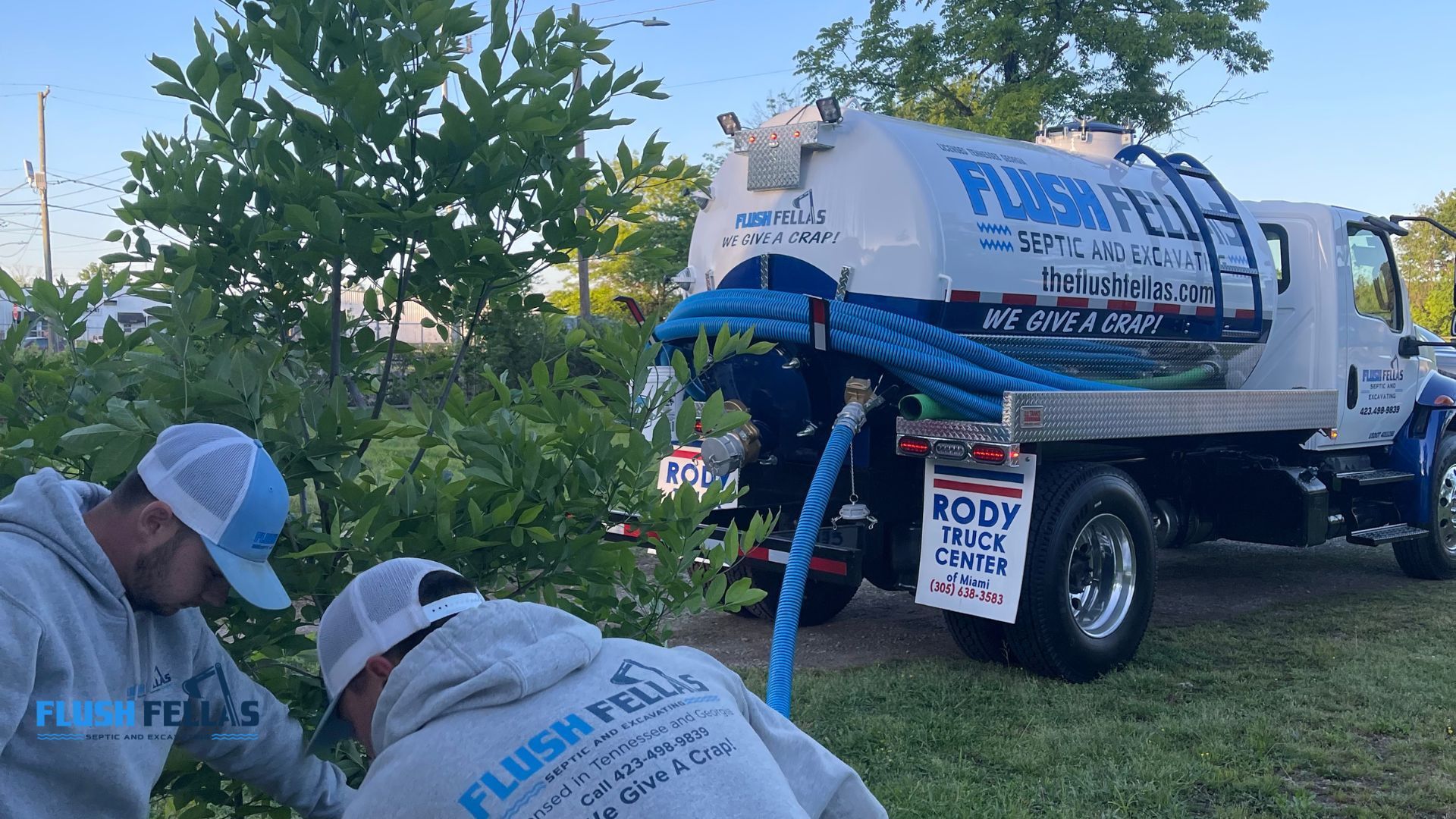The septic tank is an important component of any household water system. Its primary purpose is to store wastewater, which includes all the water that goes down any drains in the home (including showers, toilets, and sinks). If the septic tank is not properly maintained, the wastewater can return to the home, leading to contamination and even structural damage. Therefore, homeowners must know how to locate and properly maintain their septic system.
Location
The septic tank is typically located outside the home near the back or side of the house. It is also often installed near the property boundary line and is usually buried underground. Before attempting to locate the septic tank, it is essential to have a general idea of its location. The property deed may provide information about the exact location, or the local building department or a professional plumber may be able to provide more specific details. Once the approximate location is determined, it may be necessary to hire a professional locator to pinpoint the exact position of the tank.
What to Look For
The septic tank consists of a concrete, metal, or fibreglass chamber, usually sealed with a metal or plastic cover. The cover is typically a round or rectangular lid fastened to the tank with bolts. The lid provides access to the tank for routine maintenance,
septic tank pumping chattanooga, and cleaning. Additionally, the tank may have a vent pipe, a small pipe sticking out of the top of the lid. This pipe is used to release built-up gas, odours, and pressure. If the vent pipe is present, then it is likely that the septic tank is just a short distance away.
Identifying the Tank
Before trying to identify the septic tank for
septic tank pumping chattanooga tn, it is important to understand that it is often buried below the surface of the ground. It means the tank and its components may not be visible to the naked eye. Furthermore, metal detectors may be used to identify the presence of a septic tank lid, vent pipe, or other associated components. Once the septic tank is located, it is important to take note of the location of the tank, its lids, and other components to maintain it in the future properly.

Steps to Finding One’s Septic Tank
The average septic tank has a capacity of 1,250 gallons. If it were installed above ground, it would be rather hard to ignore. But a septic tank’s work is best done beneath the surface of your property, so it’s understandable that you might not know its exact whereabouts.
When everything is functioning as it should, there should be no reason to even think about your septic tank. Still, it’s always a good idea to know where your septic tank is, should there ever be a problem in the future. Here’s what you need to know in order to locate your septic tank.(1)
Step 1: Finding the General Location
The first step to locating a septic tank is to get a general idea of its location. It can generally be done by consulting the area's sewer map. If the property is newer or was newly developed, the homeowner may have a municipal sewer map that outlines the different property lines. A local sewer map can be found at a local town office or online for older homes. One may also need the positioning of the municipal sewer line to determine where to look for the septic tank.
Step 2: Locate the Septic Tank
Once the general location of the septic tank has been established for
chattanooga septic tank pumping, it is time to try and locate the actual septic tank. In most cases, the tank should be placed at least 10 feet away from the home and other buildings. If the tank is visible or at least identifiable, it can usually be identified by its size, shape, colour, and a hatch or cap that is used to access the interior. If the tank is underground, a pipe may extend up to the ground level connected to the tank. If the tank is not visible, metal detectors and ground-penetrating radar may be used to locate it.
Step 3: Determine the Access Point
Once the septic tank is located, the homeowner should determine the access point necessary to open the tank. It is typically located at ground level and can be identified by the pipe extending up and the lid or cap. If the lid or cap is not visible, it may need to be dug out.
Step 4: Clean Out the Tank
Once the access point is located, the septic tank should be opened, and a professional should clean out the tank. It will involve a
septic tank pumping chattanooga out all the sludge and sediment built up over time. If the tank is backing up, this may be done to prevent further damage.
Step 5: Inspect the Tank
Once the tank has been cleaned, the inspector should ensure that the tank is properly functioning and free from damage. It will involve visually inspecting the entire tank for leaks or fractures and checking for clogs or blockages. The inspector may also measure the total depth of the tank and test the wastewater for any signs of contamination.
Step 6: Analyze the Results
Once the inspection is complete, the inspector should analyze the results to determine the general condition of the septic tank and its system. At this time, the inspector can identify any potential problems or maintenance needs that must be addressed.
Step 7: Schedule Maintenance
Once any problems have been identified, it is important to schedule routine maintenance checks to ensure the tank and system function properly. Maintenance should also be conducted if there are signs of clogs or blockages, as these can lead to major problems.
Step 8: Keep Records
Finally, it is important to keep updated records on the septic system, including the date of inspection and the results of any tests or maintenance performed. It will help to ensure that any potential issues can be quickly addressed and that the system is always functioning properly by septic tank pumping companies in chattanooga area.
Conclusion
Locating one’s septic tank can be challenging, but it is an important part of homeownership in reducing the
cost to pumping septic tank in chattanooga tn. Taking the time to find and inspect the tank can help one identify potential problems or repairs that need to be made.
For more information on Flush Fellas Septic & Excavating and our services, feel free to reach us via phone today: (423) 498-9839.

About the author
Charles Chandler
Charles Chandler is the founder of Flush Fellas, a septic and excavating company based in Chattanooga, TN. With a passion for providing top-notch services to his clients, Charles has established himself as a prominent figure in the industry. He has extensive knowledge of septic systems, excavation, and drainage solutions, which he uses to offer customized services that meet the specific needs of his clients. Charles is committed to providing exceptional customer service and building long-term relationships with his clients. He is dedicated to staying up-to-date with the latest industry trends and innovations to ensure that Flush Fellas continues to offer the best services possible.


